Decorative concrete finishes have grown in popularity for patios, floors, and walls in both homes and businesses. With so many concrete surface colouring techniques available, choosing between integral colour concrete and acid-stained concrete can be confusing.
In this post on Colored Concrete vs Stained Concrete, we’ll compare these two methods. You’ll learn how each works, their pros and cons, and which is best for your project.
What Is the Difference Between Colored Concrete vs Stained Concrete?
Colored concrete, also known as integral color concrete, mixes pigments right into the concrete before it’s poured. This means the color runs throughout the slab, providing a solid, uniform look that won’t fade or peel. On the other hand, stained concrete treats an existing surface with acid or water-based stains that penetrate just the top layer, creating translucent or marbled effects.
While colored concrete offers superior UV resistance and long-lasting vibrancy, stained concrete allows for more artistic, variegated tones and subtle color shifts.
How Are Concrete Pigments and Stains Applied Differently?
When you choose colored concrete, the pigment is added directly into the wet concrete mix before pouring, so every bit of the slab is colored uniformly. This method is straightforward during the pouring stage, but only works for new installations.
In contrast, staining occurs after the concrete cures. Contractors must clean and etch the surface, then apply acid or water-based concrete stains with brushes or sprayers. This process is more labor-intensive and requires careful preparation to ensure even penetration and avoid blotches.
Which Surface Look Is Achievable with Stained vs Colored Concrete?
Colored concrete provides a consistent, solid hue that’s perfect for large applications needing uniform color—think driveways or industrial floors. It’s often chosen for its no-fade finish and ease of matching to brand colours or design palettes. Stained concrete, however, delivers a decorative, layered effect. Acid-stained concrete reacts chemically to create unique, natural mottling, while water-based concrete stains can be mixed for custom shades and even opaque finishes. Use stained concrete for artistic patterns, faux marble floors, or antique-style patios.
How Durable Are Stained and Colored Concrete Surfaces?
The integral color in colored concrete makes it incredibly durable chips and scratches reveal the same color beneath, so wear is barely noticeable. This durability means less maintenance over time, particularly for outdoor use where UV rays are intense. Stained concrete’s longevity depends heavily on proper surface preparation and the quality of sealers applied afterward. Without a UV-resistant sealer, stains can fade over years in bright sunlight. Routine resealing helps maintain color depth and stain durability.
What Are the Cost Differences Between These Two Concrete Finishes?
For large new pours, colored concrete is usually more economical: pigment admixtures add only a small cost per cubic yard, and there’s no need for post-pour labor. Stained concrete can be pricier per square foot because of the extra steps surface cleaning, etching, stain application, and sealing. However, if you’re updating an existing slab, staining avoids the cost of removal and repouring. Over time, colored concrete may prove more cost-effective thanks to minimal maintenance, while stained surfaces need periodic resealing.
When Should You Choose Colored or Stained Concrete?
Colored concrete is ideal for new construction projects requiring structural strength and uniform aesthetic think pathways, garages, or large commercial floors. It’s also the best concrete finish for outdoor use in harsh climates, thanks to its UV stability. If you want to refresh old patios, pool decks, or interior floors without a full replacement, stained concrete offers a decorative retrofit. Choose stain when you need organic, marbled effects or custom art designs on existing slabs.
Can You Combine Coloring and Staining for Custom Effects?
Yes! Many high-end projects start with integral color concrete as a base, then add water-based concrete stains or acid stains for depth and dimension. This layered approach uses the uniform base color to cover imperfections, while stains highlight texture and create artistic veining. Proper surface prep and a compatible sealer are critical to ensure color bonding and long-term performance. Combining methods opens up infinite possibilities for bespoke decorative concrete finishes.
Conclusion
In the debate of Colored Concrete vs Stained Concrete, the best choice comes down to your project’s scope, budget, and design goals. Colored concrete offers consistent, long-lasting color throughout a new pour, while stained concrete delivers unique, decorative looks on existing surfaces. Consider factors like application timing, durability needs, cost, and desired appearance. For expert guidance, consult a decorative concrete specialist to ensure your final finish meets both your style and functional requirements.

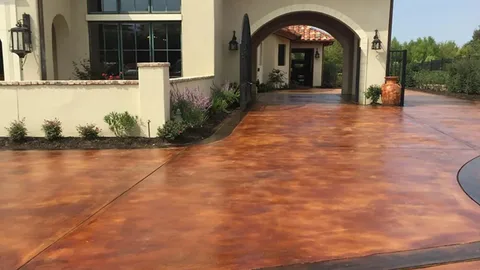

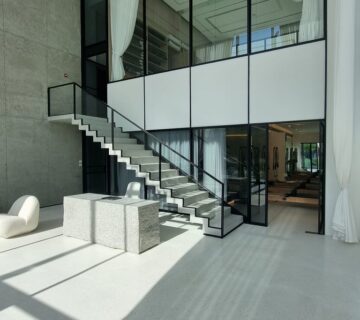
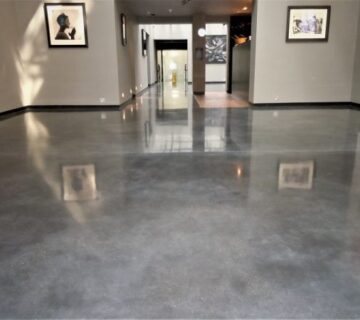
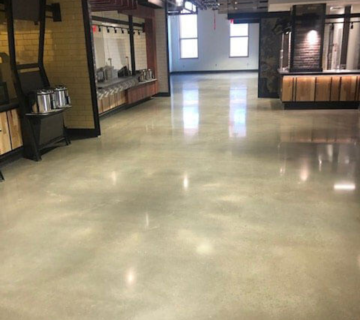
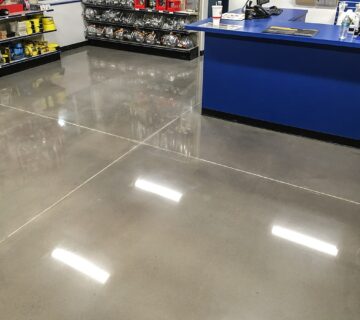
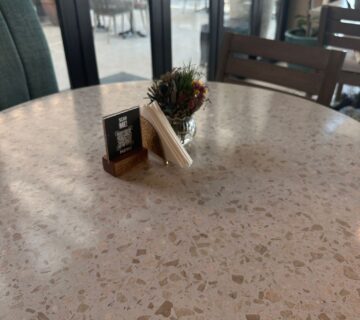
No comment